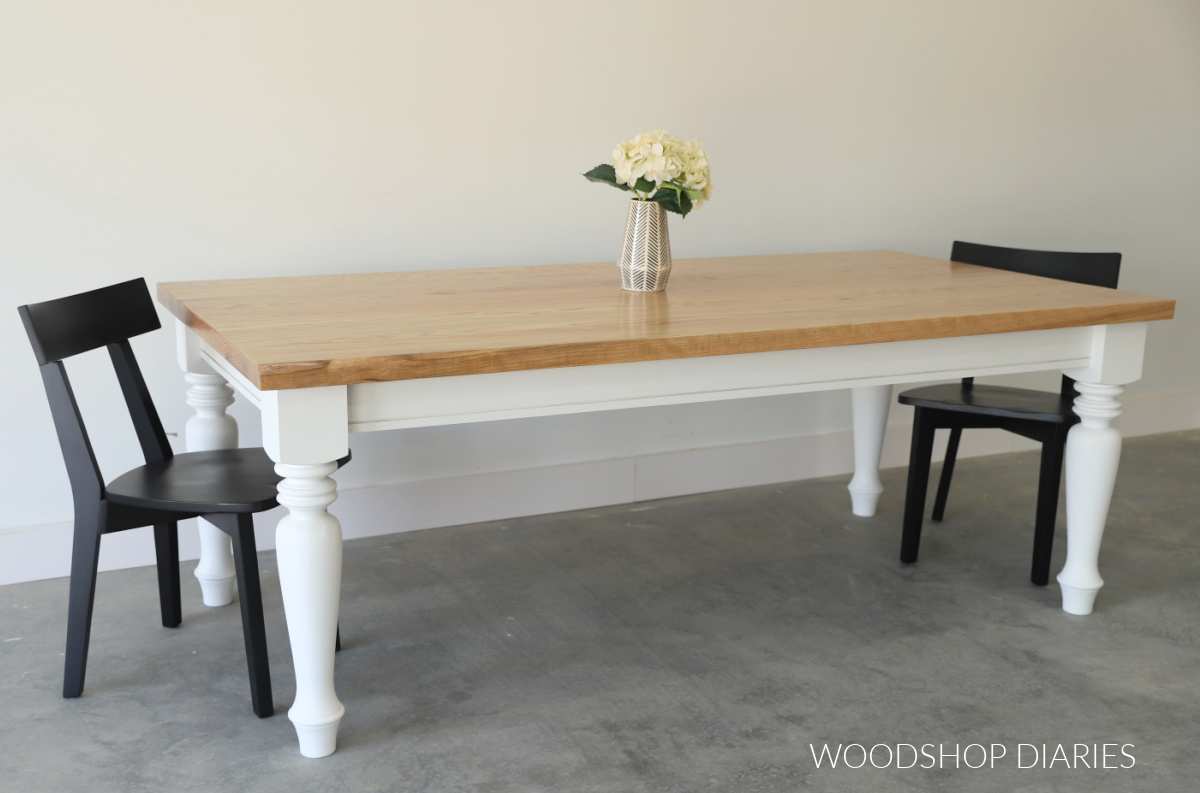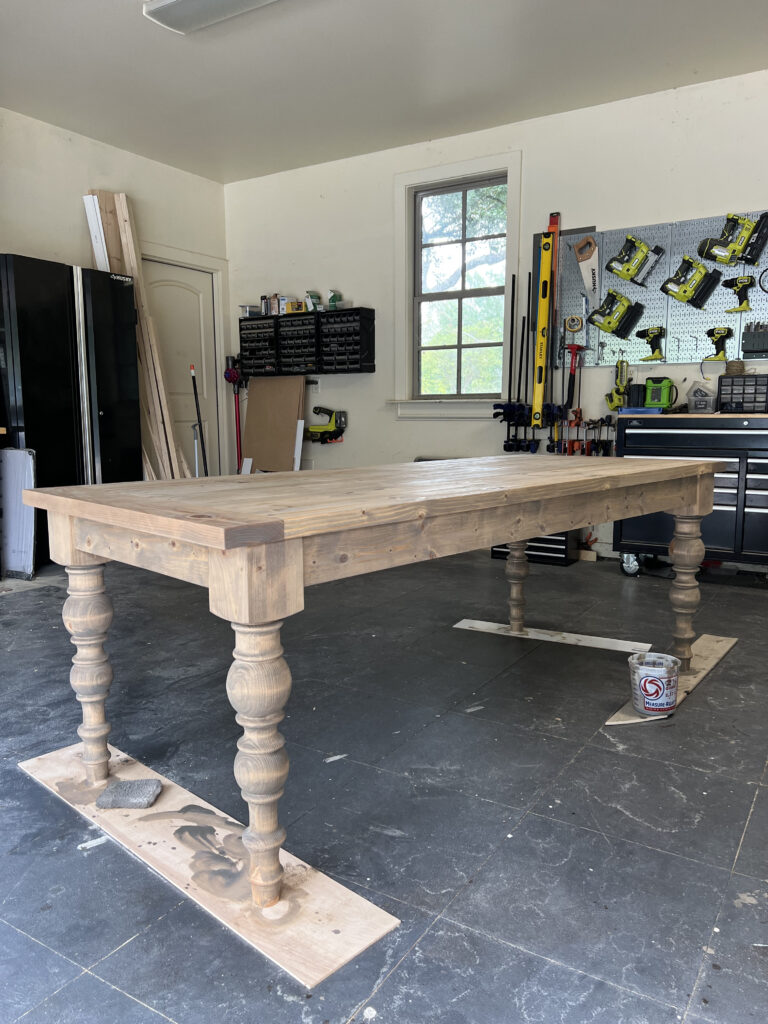Redefine Your Table's Charm with Attractive Dining Table Legs Wood Designs
Redefine Your Table's Charm with Attractive Dining Table Legs Wood Designs
Blog Article
Exploring the Various Types of Table Legs Wood for Your Dining Space
The option of eating table legs timber can greatly impact both the aesthetic and functional high qualities of your eating area. Solid wood options, such as oak and walnut, offer a traditional appearance with unrivaled durability, while engineered wood options use cutting-edge layouts that imitate the richness of natural grains.
Solid Wood Options

Moreover, solid timber is renowned for its toughness and longevity. Unlike engineered products, solid timber is much less vulnerable to bending and damages in time when appropriately kept. This makes it an excellent choice for family members or those who regularly organize celebrations. Each piece of solid wood is one-of-a-kind, showcasing specific qualities that add to the appeal and character of the table.
Furthermore, solid wood can be completed in countless means, ranging from all-natural oils to discolored finishes, permitting home owners to individualize their furnishings to match their style. In recap, picking solid wood for dining table legs not just makes certain architectural integrity but likewise enhances the aesthetic charm of the dining location, making it a worthwhile financial investment for any kind of home.
Engineered Timber Alternatives

Plywood, created from several layers of timber veneer, is steady and specifically strong, making it an excellent choice for eating table legs. Its split structure enables it to stand up to modifications in moisture and temperature level far better than standard solid wood. MDF, on the other hand, supplies a smooth surface for paint or veneering, making it possible for developers to accomplish a refined look while keeping structural honesty.
When choosing crafted wood alternatives, it is essential to consider the intended use and preferred aesthetic. These products not only enhance the capability of dining spaces yet additionally permit for better layout flexibility, making certain that typical and modern styles can exist side-by-side harmoniously.
Reclaimed Timber Includes
Recovered timber uses an unique mix of sustainability and character, making it a progressively preferred choice for dining table legs. Sourced from old barns, manufacturing facilities, and various other frameworks, recovered wood embodies a history that new materials just can not duplicate. Each piece carries its own tale, marked by distinct flaws, knots, and varying grain patterns, which add to a table's unique aesthetic allure.
In enhancement to its visual charm, reclaimed timber is an eco-friendly alternative. By repurposing previously used products, it minimizes the demand for brand-new lumber, therefore helping to preserve forests and decrease waste. This straightens with a growing customer preference for lasting methods in home furnishings.
In addition, recovered wood is usually a lot more durable than freshly harvested timber due to its age. The all-natural drying out process that redeemed wood goes through lead to a denser and more powerful product, making it less prone to bending and splitting. This improves the long life of dining tables, enabling them to withstand the rigors of day-to-day use.
Softwood vs. Hardwood
When picking table legs, recognizing the differences between softwood and wood is vital for achieving both visual and useful objectives. Softwoods, originated from coniferous trees, such as yearn and cedar, are defined by their lighter weight and convenience of manipulation. They normally show a more rustic appearance, making them appropriate for country-style or casual dining rooms. Nevertheless, softwoods are usually less resilient than woods, which can be a factor to consider for families or those seeking durability in their furniture.
On the other hand, hardwoods, sourced from deciduous trees like cherry, oak, and maple, are renowned for their thickness, toughness, and longevity. The detailed grain patterns and rich shades of hardwoods provide a classic and innovative allure, making them excellent for official dining settings. While hardwoods have a tendency to be extra pricey and larger, their strength versus deterioration typically validates the investment.
Inevitably, the selection between softwood and hardwood for eating table legs ought to align with your layout vision, usage needs, and spending plan, making sure that your dining room shows your personal design while remaining useful gradually.

Coatings and Therapies
The visual charm and durability of dining table legs can be considerably enhanced through different visit here surfaces and treatments. These processes not just shield the timber from damage but likewise boost its look, enabling it to match diverse indoor designs.
One typical treatment is tarnishing, which passes through the timber and improves its natural grain while including shade. Stains supply a rich, elegant appearance, making it possible for homeowners to match their furniture with existing style. Alternatively, clear surfaces such as polyurethane or varnish create a safety layer without changing the timber's initial color, guaranteeing sturdiness against deterioration.
Additionally, you could look here all-natural oils, like tung or linseed oil, nurture the wood and use a subtle luster, all while being green. These oils enable the surface area to breathe, preventing wetness buildup and possible warping.
For those looking for a rustic charm, troubled or weathered finishes can be try this website put on create an aged appearance, including character to the item. Ultimately, the choice of finishes and treatments depends upon individual preference, preferred visual appeals, and the certain wood kind, making it important to think about these factors when choosing eating table legs for your room.
Final Thought
To conclude, the selection of dining table leg products significantly affects both the visual and functional aspects of a dining area. Strong timbers, crafted alternatives, and reclaimed choices each deal distinctive advantages, accommodating different choices and demands. Recognizing the distinctions in between hardwoods and softwoods, together with proper coatings and treatments, enables for notified decision-making. Inevitably, the selection of timber kind should align with desired style, sturdiness, and ecological factors to consider, boosting the overall eating experience.
The option of eating table legs timber can exceptionally affect both the aesthetic and functional top qualities of your eating area - Dining Table Legs Wood. Solid wood alternatives, such as oak and walnut, give a timeless appearance with unequaled sturdiness, while engineered wood choices use ingenious designs that mimic the splendor of natural grains. Strong timber provides a timeless top quality that can boost the general design of an eating area. Each item of strong wood is unique, showcasing private qualities that include to the appeal and character of the eating table
Moreover, reclaimed timber is commonly much more durable than freshly harvested timber due to its age.
Report this page